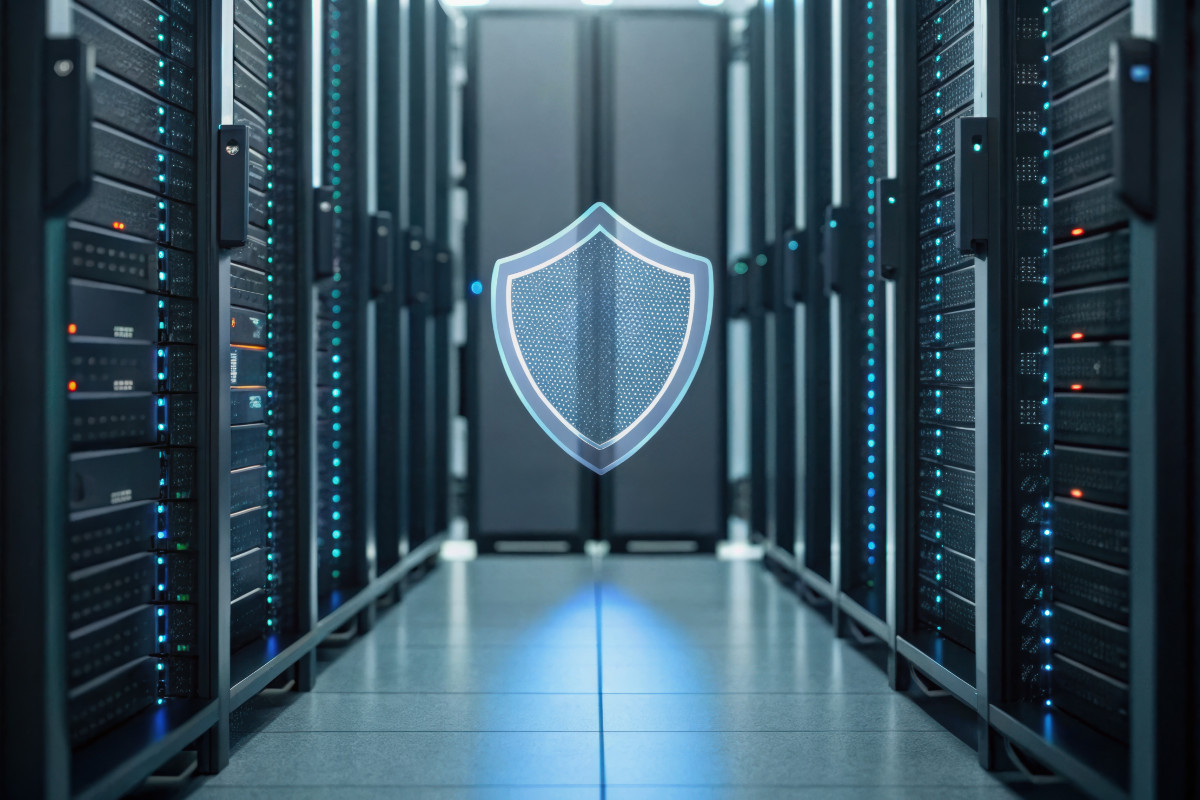Tony Hasek, CEO & Co-founder of Goldilock, argues that hardware-enforced physical isolation offers the clearest, most decisive defence for data centres facing ever-growing AI-era threats.
How often are the simplest solutions also the best? Clean, pragmatic answers that avoid the risks of overcomplication. And yet, we often equate complexity with intelligence or strength, a bias that’s deeply embedded in how we build and protect digital systems.
In cybersecurity, that assumption is proving costly. The belief that more tools mean more protection has led to unwieldy security stacks and fragmented ecosystems.
The spending reflects our instinct to defend through accumulation. A recent McKinsey report found that global cybersecurity spending reached $200 billion in 2024. Yet despite this investment, breaches continue to rise. Why? Because we’re layering solution upon solution, creating disconnected systems that increase the attack surface instead of shrinking it.
The new security priority for data centres
The rise of AI is accelerating the pressure, increasing both data loads and security risk. And nowhere is this more urgent than in the data centre, especially as these environments are now recognised as part of the UK’s Critical National Infrastructure (CNI).
Global data centre capacity is projected to grow at nearly 16% annually, reaching over 60 GW by 2027. That means more servers, more sensitive workloads and a rapidly expanding attack surface. Data centres ensure that AI, finance, government and essential services run smoothly. They house the most sensitive data, yet many remain vulnerable due to an overreliance on complex software stacks. And the stakes are only rising.
Today, data centres must balance uptime guarantees with exploding energy demands, strict regulatory requirements and the constant threat of breaches. As cyber risk becomes a board-level issue, the pressure to ensure airtight security across these environments has never been greater. It’s time to rethink what true resilience looks like.
Physical disconnection as last-line defence
Hardware-enforced physical isolation is fast becoming a cornerstone of modern cybersecurity strategy. These physical-layer security solutions allow your critical infrastructure – servers, storage and network segments – to be instantly disconnected on demand, using secure, out-of-band commands. This creates a last line of defence that holds even when everything else fails. After all, if malware can’t reach your system, it can’t compromise it.
If a breach does occur, physical segmentation contains it in milliseconds, stopping lateral movement and keeping operations running without disruption.
In stark contrast to software-only isolation, which relies on the very systems it seeks to protect, hardware isolation remains immune to tampering. It operates outside the attack surface: no IP presence, no hypervisor dependency, no exploitable software layer. In high-security and compliance-heavy environments, that invisibility completely transforms your control.
What fast really looks like
When ransomware strikes, every second counts. In a colocation facility, traditional defences might flag the breach, but not before it worms its way across tenants. By the time alerts go out, the damage is done.
With hardware isolation, there’s no waiting: the compromised tenant can be physically disconnected in milliseconds, before the threat spreads, before systems lock up, before wallets and reputations take a hit.
Simplicity that brings control
What makes this model so effective is its simplicity. In an industry where complexity is the norm, physical isolation offers a simple, fundamental truth: you’re either connected or you’re not. No grey areas. No software dependency. Just total certainty.
This shift is especially powerful across environments like colocation facilities and disaster recovery sites. In colocation environments, intelligent automated isolation minimises cross-tenant exposure. At disaster recovery locations, network segments remain inactive until needed, enhancing security and efficiency. Additionally, in AI-heavy operations, physical segmentation blocks data exfiltration and tampering, and enforces strict Zero Trust boundaries for high-security workloads. In backup environments, selective isolation prevents ransomware from encrypting critical data.
Because modern hardware isolation is system-agnostic and plug-and-play, it can be deployed without major infrastructure changes, and it integrates with existing security tools and compliance frameworks.
From firefight to foresight
Cybersecurity has long been shaped by reaction. As new threats emerge, new tools are added. But as attack vectors multiply, that reactive model is breaking down. In fact, 65% of cyber budgets now go to third-party tools and services, outpacing investment in in-house capability, diminishing cohesion and control.
Physical isolation shifts security from reactive accumulation to deliberate design. Instead of asking how many layers you can add, it asks: how much of your infrastructure truly needs to be connected?
Back to clarity: because more isn’t better
The best solutions in life are often the simplest. We know this intuitively, yet in cybersecurity we’ve come to value complexity over clarity. It’s time to break that cycle.
Hardware-enforced isolation redefines how we protect our systems. It restores certainty, limits risk and gives your security teams real-time, decisive control, even in the face of fast-moving, sophisticated attacks.
Because when everything’s on the line, your smartest move is often the simplest one.


